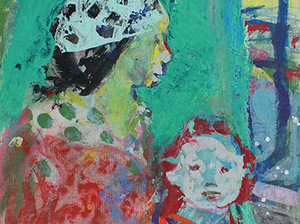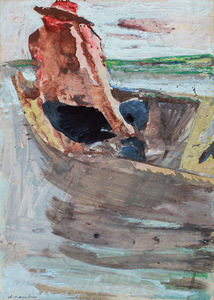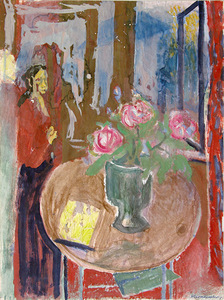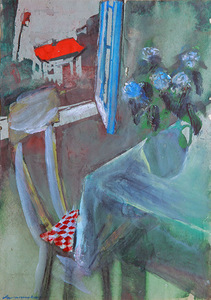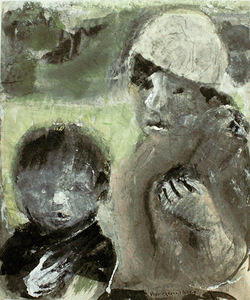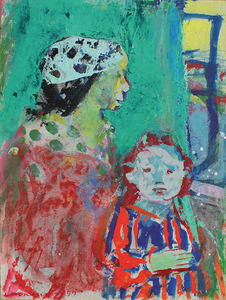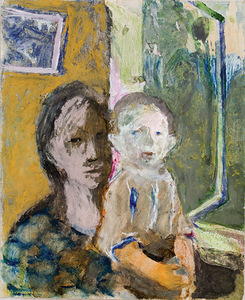In the light of pictures. To have a method - interview of Zenonas Varnauskas 3
In brief: Gvidas Latakas presents a series of interviews with artists, his teachers "In the light of pictures". The interview with the painter Zenonas Varnauskas (1923–2010) is the first from the series.
The artist Zenonas Varnauskas says, "To me, as for many, the picture is born while working. Especially when working on abstract paintings, the idea is revealed in the process. As far as I remember, A. Savickas has also said that he often takes an old work, turns it upside down and finishes it off with a completely different plot. Some relationship, the clash of two colors creates a new painting story."
The interviewer was interested how close the artist was to the portrait genre. He said that he had painted the portraits of his parents (it is impossible for the artist not to paint his parents' portraits). "I keep them in a respectable place. Now, as you can see, my work is dominated by three genres: figure painting, landscapes and still-lifes. My figure painting is simple - mother and child."
The author asked the artist what his views on abstract art were. According to the artist, we should look historically, when abstractions began to thrive and for how long. "I believe they exist until today. Abstraction is a jump to the side. For example, I like A. Petrašiūnaitė's abstraction Dancing glass. In general, it is like an abstraction, but you can spot a table, a slanted glass and beautiful color combinations, composition..."
The interviewer wondered how much drawing from nature was important to the artist. Z. Varnauskas says that "It would be possible to make a separate list of artists who work from nature, and who are working in their studios using only small sketches. It depends on the character. I work in my studio - either from memories or from small sketches made outdoors. My technique is quite free, not oil painting, thus the flow, like in the watercolor is allowed and it is taken from the Eastern art. Like Japanese, when they make watercolor paintings, they allow the paint to flow free. Gouache, watercolor, water - more fluent possibilities."
The author asked the painter as a teacher - how he managed to pass his experience and knowledge to others? "I can answer this question by telling you what teachers had given to me. I was taught by T. Kulakauskas. He was the head of the department, quite a famous painter and graphic artist, but as a teacher he was very bad. But there were also good teachers, who had strong teaching methods, for example A. Galdikas, P. Kalpokas, S. Ušinskas, J. Mikėnas, and K. Kuizinas. They were especially good teachers. If I had to describe them I would have to look at the subjects they taught. For example, drawing was best taught by Petras Kalpokas. I could testify that with my works. He would manage to put a good model, find a great lighting and in doing so make the student's job easier. His biggest advantage was that he would follow the work of every student," explained the artist.








